My brother, James F. Erdman, on the left; I'm on the right
I grew up hiking and fly-fishing, backpacking and picnicking in the Colorado Rockies. My father is a scientist who’s spent his life in a love affair with these valleys, streams, and peaks—the granite and pine, trout and Columbine that populate this magnificent part of the Earth. When he and I stand in the same valley we experience it very differently. He sees the subtle moraine laid down eons ago by some vast, retreating glacier. He feels the mighty forces that belched this rock from Earth’s belly billions of years ago. He imagines the achingly long, painful processes that twisted and tilted this ancient rock into the peaks we now traverse. He can tell me exactly why a certain conifer grows on this side of the valley and not on the other, why schist appears here and not there, what we might expect when we cross over yonder pass between those two ten thousand foot spires.
Dad will correct you if you call what we’re doing “hiking”. And because of the way he loves this land, he’s got good reason to. We’re walking, he says—or better, “sauntering” . . . not hiking. To support his argument, he’ll paraphrase Thoreau and shout something like this over his shoulder as you follow him along the trail:
I’ve only met one or two persons in my life who understand the art of Walking—people who had a genius for sauntering. Sauntering’s a word that comes from what folks used to call those fools who roved around the European countryside in the Middle Ages asking charity, pretending they were going a la Sainte Terre, that is, “to the Holy Land.”
The village kids would laugh and point at these crack pots saying, “There goes a Sainte-Terrer!”
A Saunterer. A Holy-Lander.
Know this, my son, there are those who never know the ground beneath their feet as holy; they’re mere idlers and vagabonds, not true saunterers. What we’re doing now, if you’re aware of the ground beneath your feet, is what true sauntering is all about.*
Sauntering’s what my father aims to do. When he does, and I’m with him, I can see it in his eyes—that misty-eyed gaze of those who, after a long journey, finally glimpse the Holy City rising before them in the distance. He is a Sainte-Terrer. These mountains, trees, and rivers, lazy fawns and ambling bear are his Holy Land. And each high mountain stream, teeming with brook trout, is Jerusalem to him.
But there are many who never go to the Holy Land in their walks. They hike. It’s not that they intend to miss the mystery that is this Holy Land. They know there’s more here than meets the eye; they just don’t know how to see it. They’ve got no real training in sauntering, in holiness. They are “idlers and vagabonds” across these mountains, when they intuitively long to be Sainte Terrers, Holy-Landers whose love gives them eyes to see all that’s beyond first- and even second-glance.
I think it was these walks with my father that made me hunger for holiness before I ever knew what it was. I realize now that his love of the divine in every blessed thing upon this sacred Earth and the way he encountered them taught me my first rudimentary practices for pursuing the Holy and finding It.
*Ralph Waldo Emerson and Henry David Thoreau, Nature and Walking, Boston: Beacon Press, 1991, p. 71.
